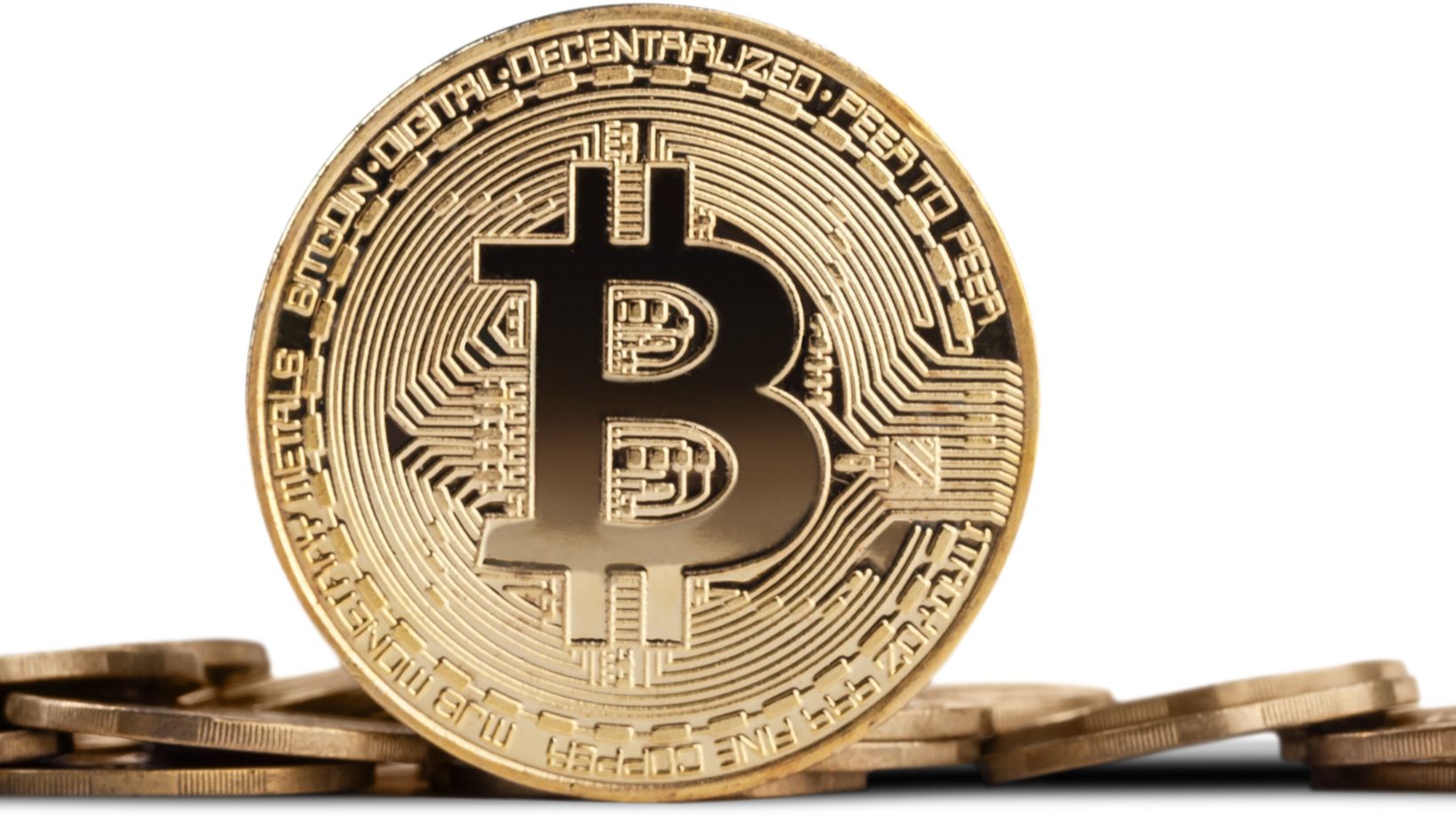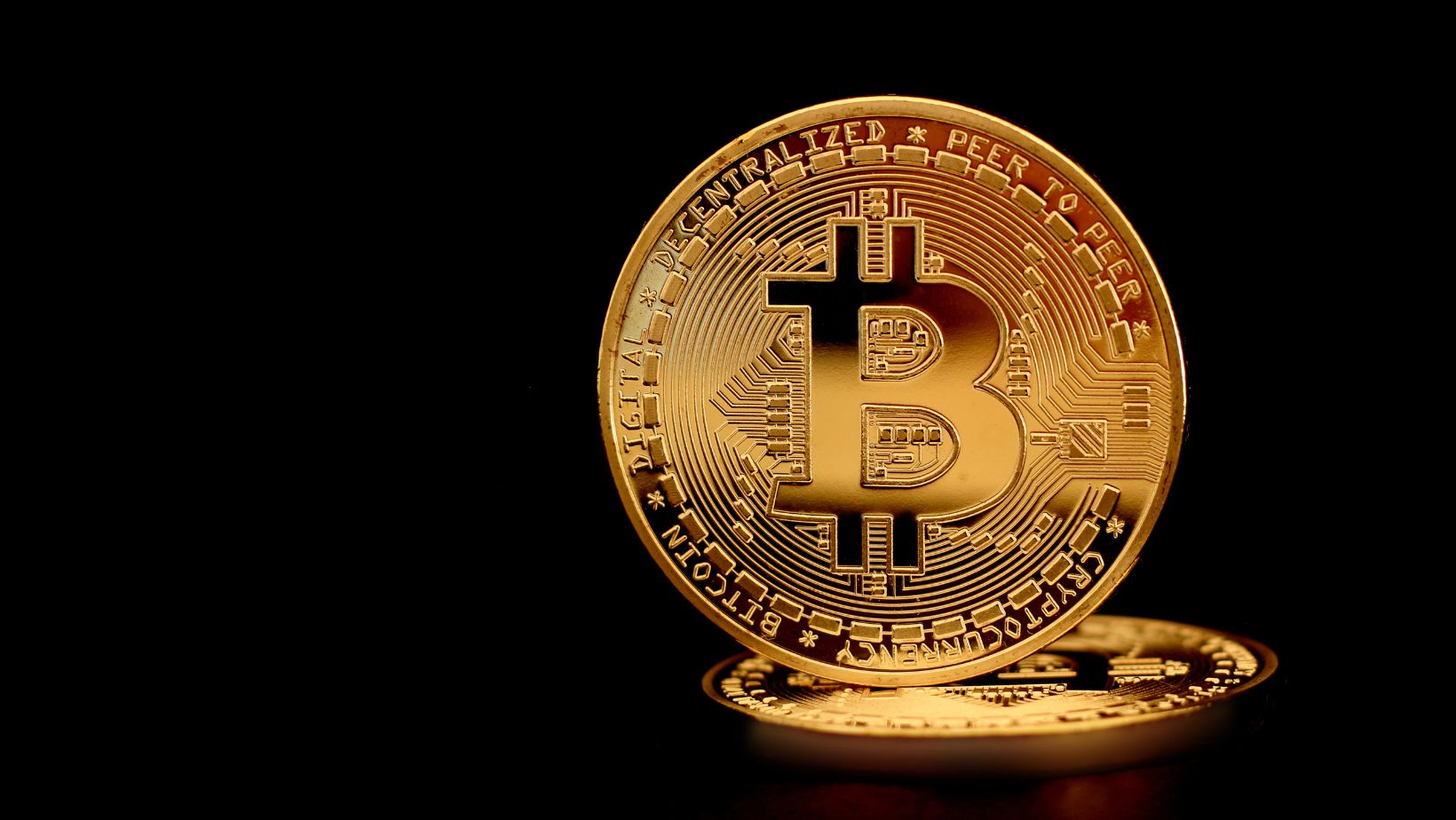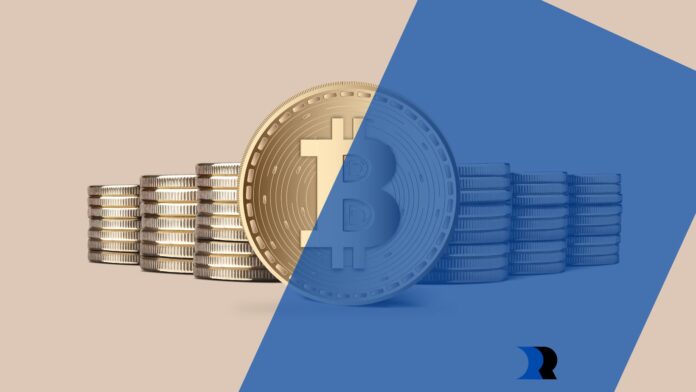In today’s rapidly evolving digital landscape, the world of collecting has witnessed a revolutionary transformation driven by the rise of cryptocurrencies like Bitcoin. As enthusiasts and investors continue to explore new avenues for asset accumulation, the intersection of Bitcoin and traditional collectibles has opened up intriguing possibilities. This article delves into the fascinating realm where the digital and the tangible collide, examining how Bitcoin is reshaping the dynamics of collecting in the modern age. The digital collectibles market is booming, and platforms like Immediate Enigma are at the forefront of offering collectors a secure and seamless trading experience.
Understanding the Digital Renaissance
The advent of Bitcoin, a decentralized digital currency, marked a watershed moment in the realm of finance and economics. Its underlying technology, blockchain, introduced a secure and transparent way to record transactions. This innovation not only paved the way for digital payments but also laid the foundation for the tokenization of assets, including collectibles.
Tokenization: Redefining Ownership
With the emergence of blockchain technology, collectibles can now be tokenized, transforming them into unique digital assets that are verifiably scarce and immutable. This tokenization process creates a bridge between the physical and digital worlds, enabling collectors to prove ownership and authenticity without relying on intermediaries. This has significant implications for the collectibles market, as it enhances transparency and eliminates counterfeiting concerns.
Bitcoin as a Store of Value
One of the most remarkable features of Bitcoin is its classification as a store of value. Similar to precious metals and artworks, Bitcoin’s scarcity is a central driving force behind its value proposition. This scarcity aligns with the inherent nature of collectibles, where rarity often contributes to their allure. As Bitcoin gains prominence as a digital store of value, collectors and investors are beginning to view it as a complementary asset class to their traditional holdings.
Diversification and Hedging Strategies

In a landscape where financial uncertainty prevails, diversification and hedging strategies gain paramount importance. The world of collecting and Bitcoin intersect in this regard, as savvy collectors are considering the integration of digital assets into their portfolios. Bitcoin’s potential for uncorrelated returns presents an attractive proposition for collectors seeking to mitigate risks and bolster their financial resilience.
NFTs: Bridging the Gap
Non-fungible tokens (NFTs), a byproduct of blockchain technology, have emerged as a groundbreaking innovation within the collectibles ecosystem. These digital tokens represent ownership of unique items, ranging from digital art to virtual real estate. NFTs have provided artists, creators, and collectors with an entirely new medium for expression and value creation. The ability to tokenize digital art and creations has ushered in a renaissance of artistic innovation, further blending the worlds of technology and traditional collectibles.
The Rise of Digital Collectibles
The fusion of Bitcoin and collectibles extends beyond the financial realm into the realm of digital memorabilia. Digital collectibles, often referred to as “crypto-collectibles,” leverage blockchain technology to create digital assets with inherent scarcity and ownership rights. These range from virtual trading cards to virtual pets and virtual real estate in digital worlds. Collectors are now not only amassing physical artifacts but also indulging in the acquisition of rare digital items that hold cultural and personal significance.
Challenges and Considerations
While the synergy between Bitcoin and collectibles holds immense promise, it’s important to acknowledge the challenges that come with this integration. Volatility in the cryptocurrency market remains a concern, potentially impacting the perceived value of collectibles linked to Bitcoin’s value. Additionally, regulatory and legal considerations surrounding ownership, taxation, and intellectual property rights need to be navigated carefully.
Conclusion

The digital age has ushered in a new era of possibilities for collectors and enthusiasts alike. Bitcoin’s impact on collectibles is multi-faceted, ranging from the tokenization of physical items to the rise of entirely digital collectibles in the form of NFTs. This intersection presents opportunities for diversification, innovation, and a reimagining of traditional collecting paradigms. As the worlds of blockchain and collectibles continue to converge, one thing is certain: the future of collecting is undergoing a profound transformation, one where tangible and digital assets coexist and complement each other in unprecedented ways. In this dynamic landscape, the integration of Bitcoin and collectibles underscores the power of technology to reshape established norms. As collectors explore new avenues for acquiring, cherishing, and showcasing their items, the synergy between these two domains will undoubtedly shape the narrative of collecting in the digital age.


